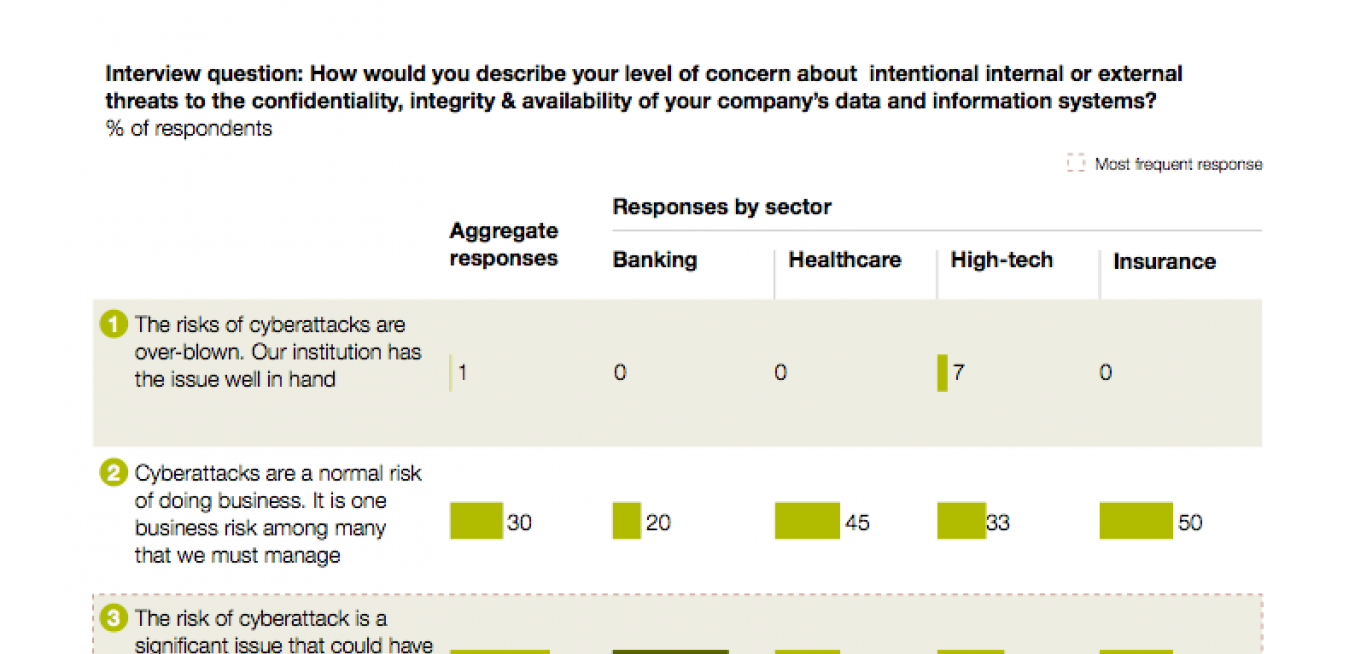While some organizations have been slow to adopt data-driven innovations, there has been a great deal of innovation through the entire “data lifecycle,” which includes collection, storage, analysis, use and dissemination. Not all data-driven initiatives have pieces that fall into all categories, but most projects have some aspects of each category.
Collection and Storage
Yet the true impact begins not with invention, but adoption. That’s when the second and third-order effects kick in. After all, the automobile was important not because it ended travel by horse, but because it created suburbs, gas stations and shopping malls.
No longer a cost burden, mastering technology has become a necessity to navigating a business landscape which features challenges that simply didn’t exist a few years ago.
Globalisation, fluctuating exchange rates, and huge volumes of data in the hands of consumers is changing key business drivers such as productivity, costs, and collaboration.
“The concept of disruption engenders fear,” said Ben Shields, a Partner at Deloitte Private.











